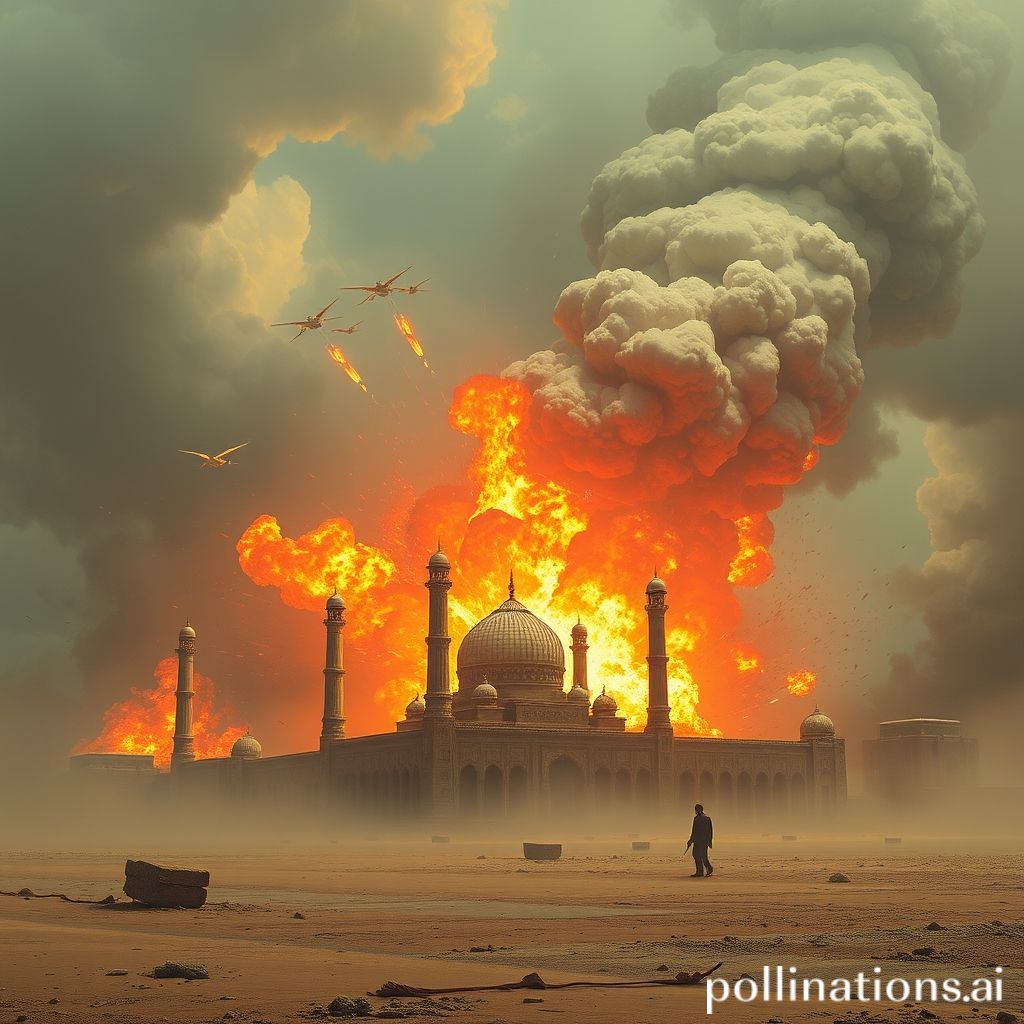
The myth of Iran’s invincibility has been broken, and the fallout could be far-reaching
The Myth of Iranian Invincibility Shattered: A Look at the Fallout
Hello everyone, and welcome! For years, a narrative has persisted surrounding Iran, portraying it as an unyielding, impenetrable force in the Middle East. This perception of invincibility, carefully cultivated and often amplified by external actors, has influenced regional dynamics and international policy. However, recent events have begun to chip away at this myth, exposing vulnerabilities and potentially reshaping the geopolitical landscape. Let's delve into what's happening and what it might mean.
Challenging the Narrative: Cracks in the Armor
The image of Iranian invincibility was built upon several pillars. A strong military, a network of regional proxies, a history of defying international pressure, and a potent domestic propaganda machine all contributed to this perception. However, cracks are now appearing in this facade.
Several factors are contributing to this shift. Increased internal dissent, fueled by economic hardship and social restrictions, is creating instability. The effectiveness of Iranian proxies in conflicts like Yemen and Syria is being questioned, with setbacks and stalemates becoming increasingly common. Furthermore, targeted strikes and cyberattacks, often attributed to Israel, have demonstrated Iran's vulnerability to external pressure, particularly in the technological realm.
Perhaps most significantly, the recent exchange of fire between Iran and Israel has shattered the long standing understanding that Iran can hide behind their proxies. The direct attack on Israel, however limited, shows the vulnerabilities of the nation.
The Economic Strain: A Weakening Foundation
Iran's economy has been under immense pressure for years, largely due to international sanctions. While the country has attempted to diversify its economy and strengthen ties with nations like China and Russia, the impact of sanctions remains significant.
This economic strain has a direct impact on Iran's ability to project power. Reduced funding for military modernization, coupled with difficulties in supporting its proxies, is weakening its regional influence. Moreover, economic hardship fuels internal discontent, creating a potential for instability that could further undermine the regime.
The Proxy Paradox: A Double Edged Sword
Iran's network of regional proxies has long been a source of strength, allowing it to exert influence without directly engaging in military conflicts. However, this strategy is becoming increasingly problematic.
While proxies like Hezbollah in Lebanon and the Houthis in Yemen have achieved some successes, they have also become liabilities. Their actions often destabilize the region, drawing Iran into conflicts and straining its resources. Furthermore, the international community is increasingly scrutinizing Iran's support for these groups, leading to further sanctions and diplomatic pressure.
| Factor | Iranian Strength (Past) | Current Situation |
||||
| Economic Stability | Relatively Stable | Under Significant Strain |
| Proxy Effectiveness | High | Declining |
| International Image | Resilient | Increasingly Negative |
The Potential Fallout: A Reshaping of the Region
The erosion of Iran's perceived invincibility has several potential consequences for the Middle East and beyond.
Firstly, it could embolden regional rivals like Saudi Arabia and Israel to take a more assertive stance against Iran. These countries may feel less constrained by the fear of Iranian retaliation, leading to increased competition and potentially direct confrontation.
Secondly, it could encourage internal dissent within Iran. As the regime's grip on power weakens, opposition groups may become more vocal and active, potentially leading to internal instability or even regime change.
Finally, it could lead to a reassessment of international policy towards Iran. Western powers may feel more confident in exerting pressure on the regime, potentially leading to a renewed focus on sanctions and diplomatic isolation.
Conclusion: A New Era?
The myth of Iranian invincibility is crumbling, and the implications are far reaching. While it's impossible to predict the future with certainty, it's clear that the region is entering a new era, one characterized by increased uncertainty and potential for conflict.
For years, the perception of Iran's strength has shaped regional dynamics. Now, with that perception fading, we must be prepared for a period of transition, one that requires careful diplomacy, strategic foresight, and a willingness to adapt to a rapidly changing landscape. The path ahead is uncertain, but one thing is clear: the Middle East will never be quite the same.

0 Comments:
Post a Comment